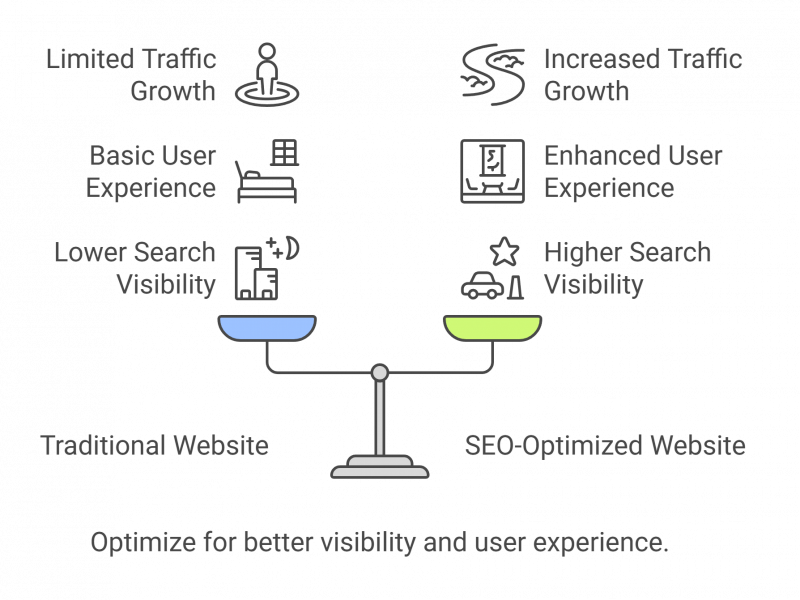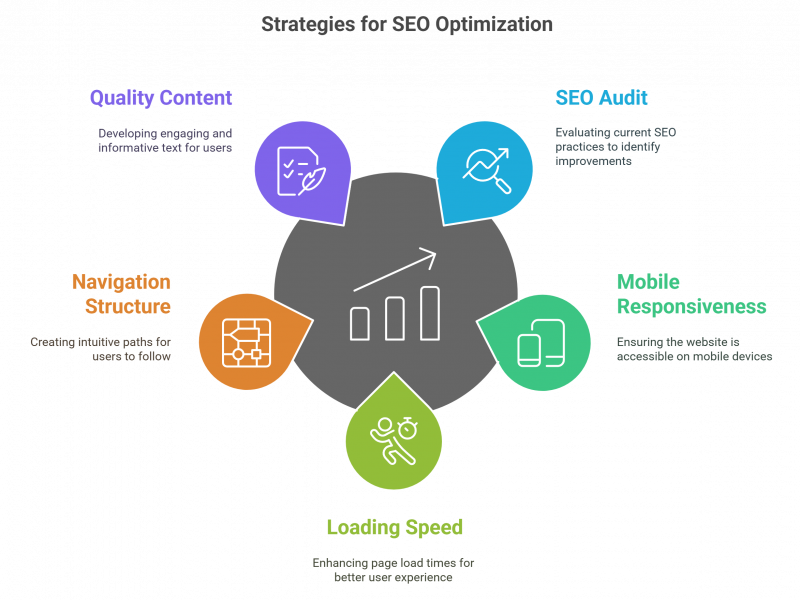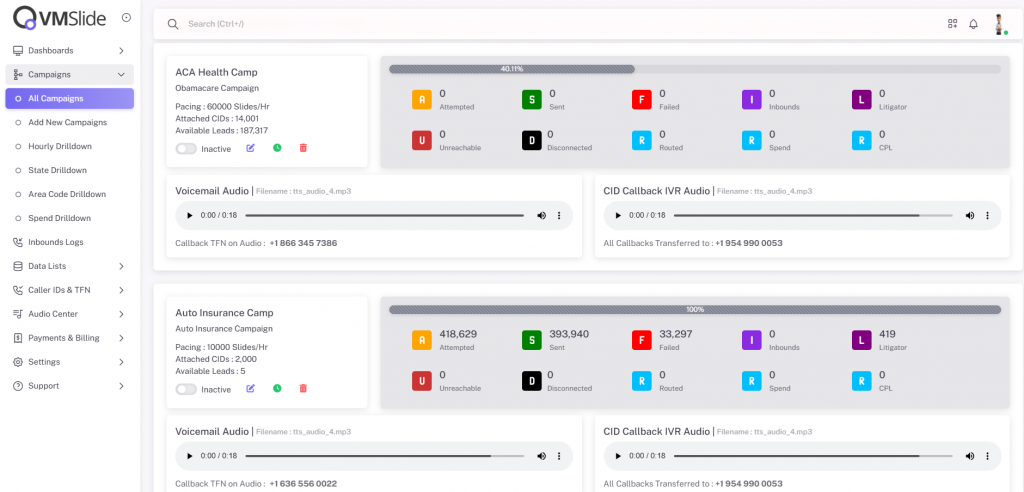Picture this: You’ve just launched a stunning website for your business, but it’s like a beautiful shop hidden in a back alley – nobody can find it! That’s where SEO-friendly web design comes in. At Prishal Technolabs, we recently helped a client who had the most visually spectacular website we’d ever seen, but when we checked their traffic… crickets!
Why Your Website's Design Matters for SEO
You know how we Indians love our masala in everything? Well, SEO-friendly web design is like adding the perfect blend of spices to your website – it needs to taste good and look good! It’s not just about having a pretty website anymore; it’s about creating a digital storefront that both search engines and users can’t resist.

The Perfect Recipe for SEO Success
Let’s break down what makes a website truly SEO services, and we promise to keep it as simple as chatting over chai!
1. Mobile-First Design: Your Website’s Best Friend
Remember when everyone used desktop computers? Those days are gone! Here in India, where most of us browse on our phones, having a mobile-friendly website isn’t just nice – it’s necessary.
Here’s what you need to know:
- Your website should adapt seamlessly to any screen size.
- Buttons should be large enough for thumbs (we’ve all experienced the frustration of tiny buttons!).
- Text should be readable without zooming.
- Images should load quickly, even on mobile data.
2. Lightning-Fast Loading Speed
Did you know that 53% of mobile users leave a site that takes more than 3 seconds to load? We learned this firsthand when we optimized a slow-loading client website and saw a 40% increase in engagement within weeks. Here’s how to fix it:
| Speed Optimization Technique | Impact on Loading Time | Difficulty Level |
|---|---|---|
| Image Compression | -40% to -60% | Easy |
| Browser Caching | -30% to -50% | Medium |
| Minifying Code | -20% to -30% | Medium |
| CDN Implementation | -40% to -70% | Hard |
3. Crystal-Clear Navigation
Think of your website’s navigation like a GPS – it should help users find exactly what they’re looking for. At Prishal Technolabs, we always tell our clients: “If your grandmother can’t find what she’s looking for on your website, your navigation needs work!”
4. Content That Connects
You know how we Indians love a good story? Your website’s content should tell your brand’s story while incorporating SEO elements naturally. Here’s our secret sauce:
- Write headlines that include your target keywords naturally.
- Use subheadings (H2, H3, H4) to organize content logically.
- Include relevant examples that resonate with Indian audiences.
- Add local context whenever possible (e.g., mentioning festivals or regional trends).
Answering Your Burning Questions
Think simple, memorable, and relevant. For example, if you’re selling handicrafts in Mumbai, something like “mumbaihandicrafts.in” works better than “thebesthandicraftsinmumbai2025.com.”
Header tags are like the chapter titles in a book – they help both readers and search engines understand your content’s structure. Here’s how we structure header tags for our clients:
makefile
CopyEdit
H1: Main topic (use only once)
H2: Major sections
H3: Subsections
H4: Detailed points
Let us share a quick story. A client’s website rankings jumped from page 3 to page 1 just two months after implementing responsive design. Why? Because Google loves mobile-friendly websites, and so do users!
The Road Ahead
Remember, SEO-friendly web design isn’t a one-time thing – it’s an ongoing journey. Start with these basics, monitor your results, and keep improving. And hey, if you’re feeling overwhelmed, that’s completely normal! Rome wasn’t built in a day, and neither is a perfectly optimized website.
- Audit your current website’s SEO-friendliness.
- Implement mobile-responsive design.
- Optimize your loading speed.
- Create clear navigation structures.
- Develop quality, SEO-optimized content.

Drop a comment below or reach out to the team at Prishal Technolabs. Let’s make your website not just visible, but unforgettable!





